[Advertisement*] upon invitation of Green Pearls & TAT Frankfurt
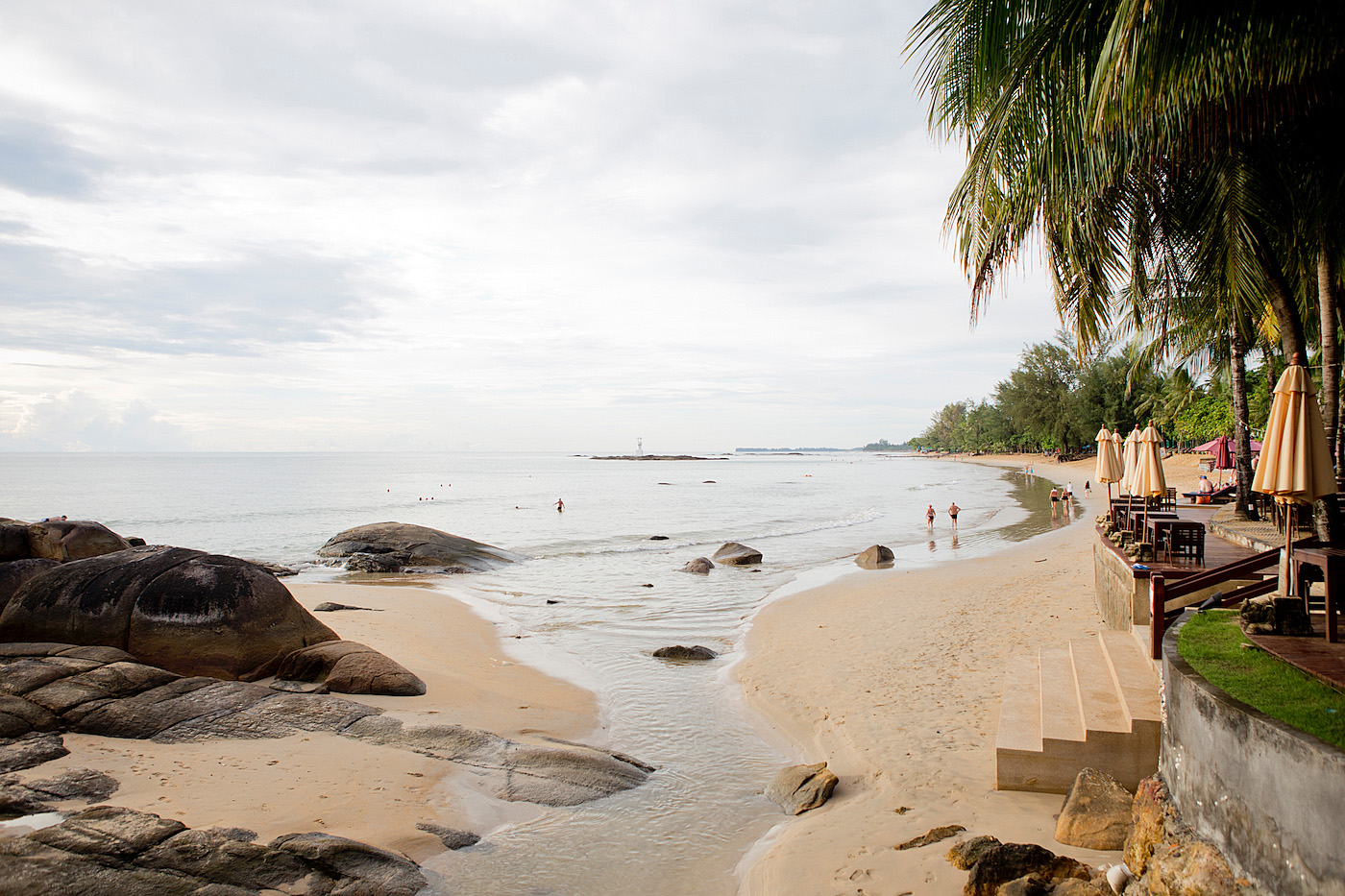
Thailand is incredibly diverse – Bangkok culturally and culinarily exciting, the high North a famous hiking paradise and the relaxing places in the South of Thailand. All this makes it to one of the most famous travel destinations for German tourists. But the country has one big problem – mass tourism. It destroys beautiful islands, coral reefs, are suffering from extinction, local people torture elephants only with the aim that tourists can ride on them – awful.
But it was time for me to finally discard this stereotype and to look for real travel moments! For example do you remember my travel to China four years ago? These are exactly the impressions I’m looking for when traveling. The trip to the region Phang Nga was exactly what I sought – Thailand without tourists. Moreover the trip was focused on sustainability. Sustainable traveling in Thailand? Oh yes, it’s possible. Let me tell you how.
To be honest, there is so much to tell. Where should I begin?

Thailand without tourists Khao Lak, Phang Nga
Together with four dear blogger colleagues I flew from Munich via Bangkok in the South to Phuket. From there our driver took us to the 1,5 hours away Khao Lak in Phang Nga. The next days we were about to experience the real Thailand – Thailand without tourists. We were invited from the Khao Lak Laguna Resort for the first nights – a wonderful beach resort. Coconut first – a refreshing drink was much needed after the long flight. The coconut water tastes deliciously at the resort. The evening ended with a nice welcoming dinner.
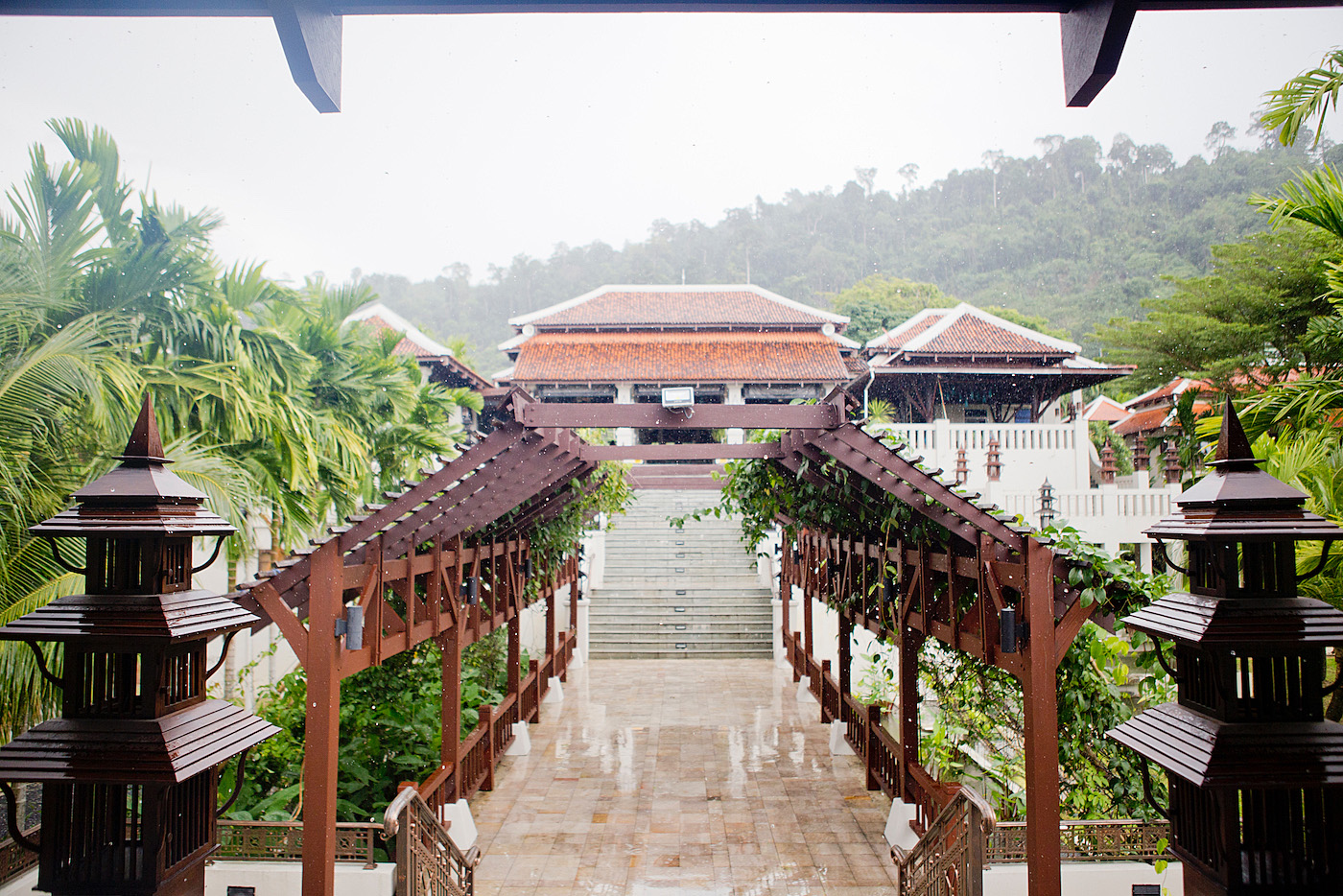
above a rainy welcome in Khao Lak
Useful Travel information
Flights – cheap low cost flights attract a lot of tourists. For example, Thai Airways flies directly to Bangkok from Munich. Frankfurt has even a direct connection to Phuket. Flights cost between 400 – 600€.
Climate – Thailand’s main season is from November until February. We got there at the beginning of April, which is right in the monsoon season. Usually it only rains for about an hour during the day. The past years have been incredibly dry. It was very unusual that it rained from noon until the evening every single day during our stay. But we weren’t put off by this.
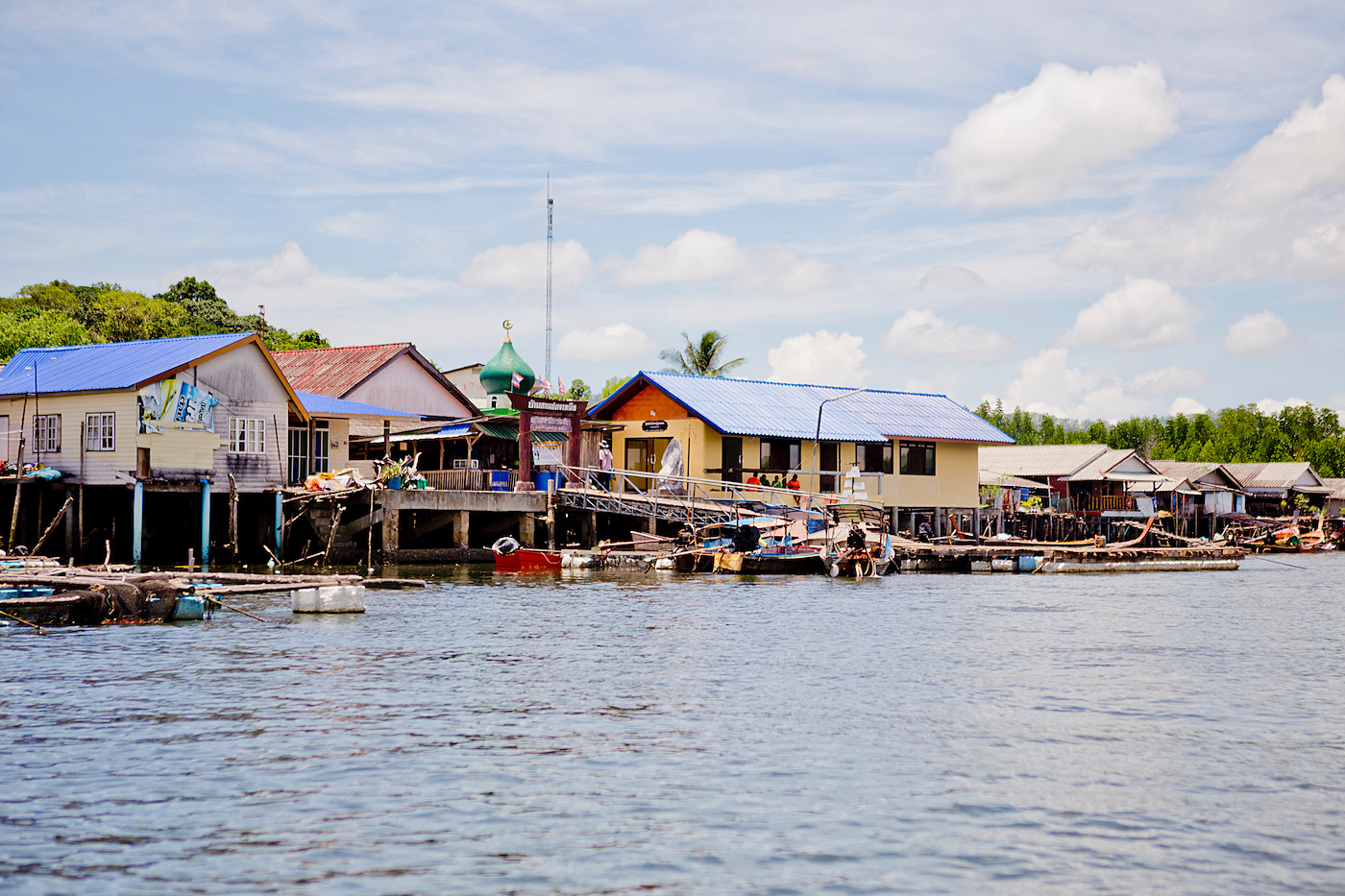
Thailand without tourists Eco Khaolak Adventures
Compared to its neighbour regions Phang Nga is still untouched: a rolling landscape with jungle covered woods, long remote beaches, a couple of national parks with caves and waterfalls. You won’t experience much tourism here. We were accompanied by Eco Khaolak Adventures for two days. The company is specialized in authentic and sustainable day tours. Through them we discovered the region of Khao Lak quite well. The beautiful thing of their trips is that they always showed us something special: a small pharmacy, the local market or a visit to a small tailor shop. There wasn’t one tourist in sight!

Baan Sam Chong Nua Village
One of my favourites was the visit of the local community of Baan Sam Chong Nua Village. A small Muslim fishing village – colourful, authentic, at some corners quite run down, quiet. The local people introduced us into the technique of batik. Moreover, they have a huge rubber tree plantation. They showed us how they collect the rubber, which is mostly done early in the morning. Especially in summer it gets extremely hot in the region.


traditional Batik technique















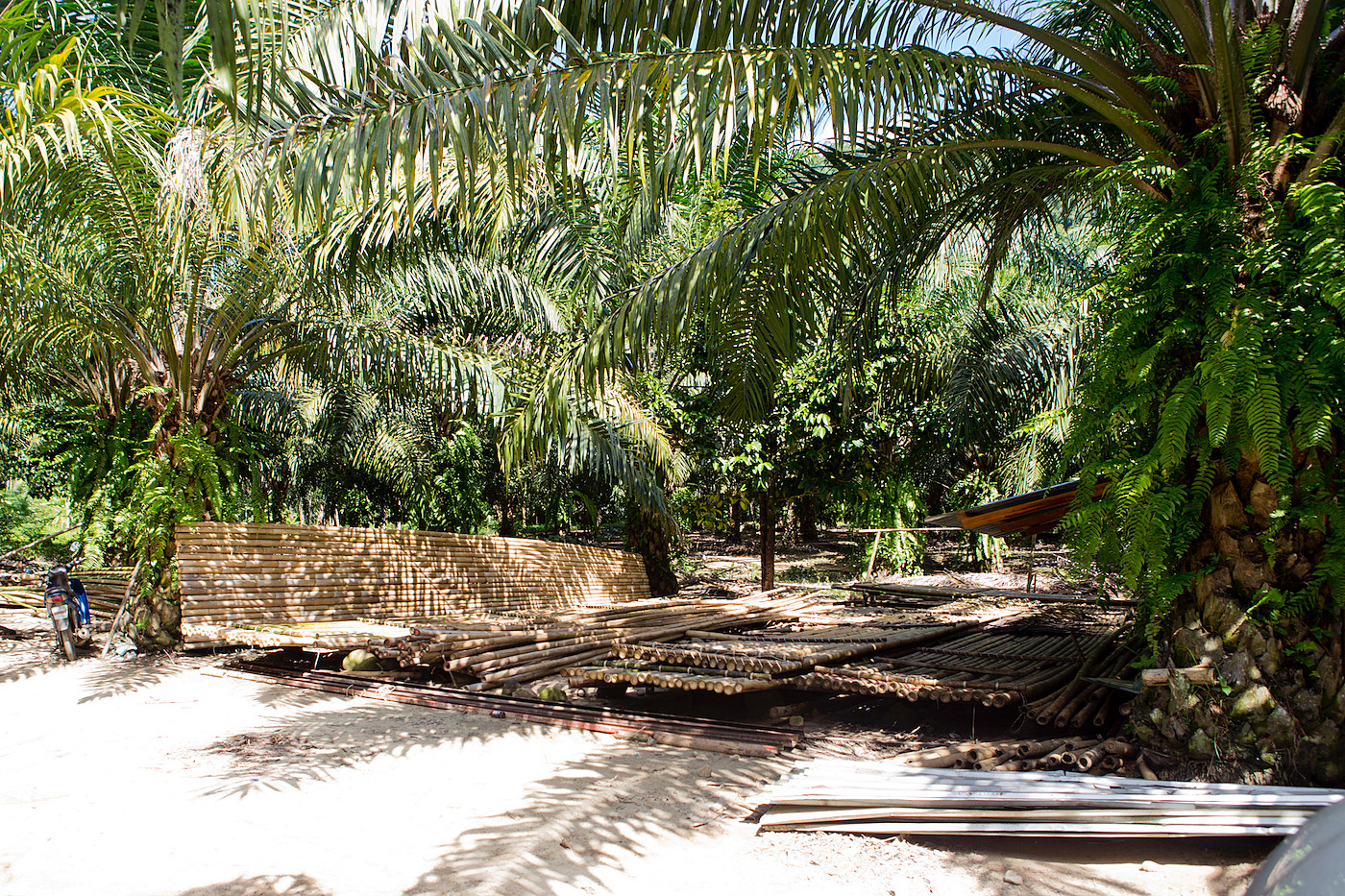
above Bamboo rafting at Wang Kiang Kho waterfall


above beautiful alleys of the rubber tree plantations
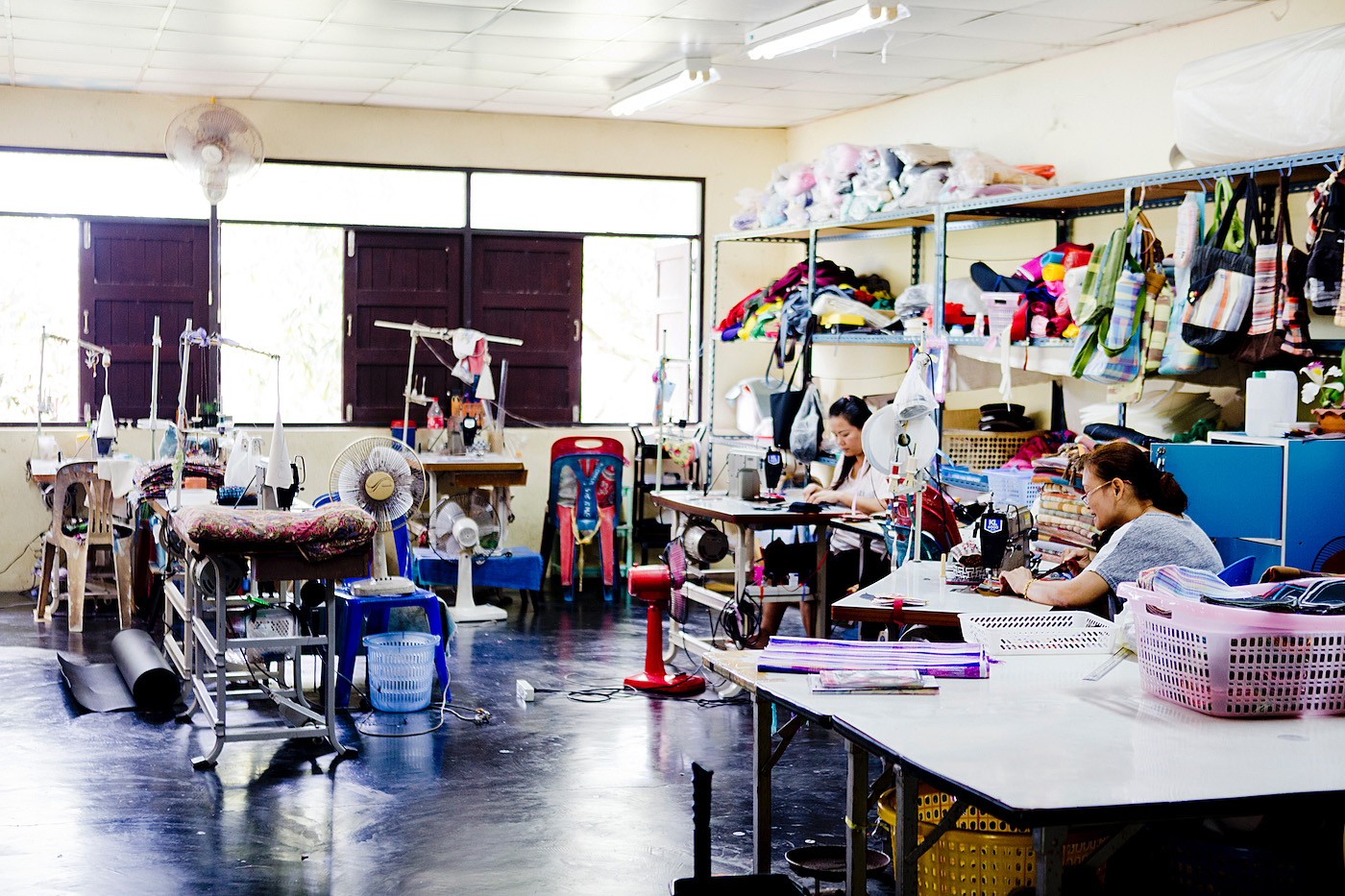
Over a decade ago the Tsunami Trauma
I didn’t think of what an awful catastrophe happened in 2004 in Thailand: the Tsunami wave destroyed a massive part of Thailand, Burma but also Sri Lanka. The region of Phang Nga was affected the most. In Europe they may have already forgot about the natural catastrophe. However, local people still suffer from it. Before it happened people weren’t well informed about possible natural disasters in their country. As a matter of fact, many people ran to the beach to admire the water withdrawing. Nowadays every little child is educated about it and knows how everyone should react. Moreover, there are placed many sensors in the sea and there are many escape points in the surrounding villages. > after a Tsunami warning you’ve got 30 minutes to remove yourself. You should be 40 kilometres away from the coast line and 50 metres above sea level.
Unbelievable that still many inhabitants suffer a trauma. Even ten years later they can hardly cope with the happenings.

Saori for Tsunami
We were confronted for the first time with this topic in our Hotel. The whole Khao Lak Laguna Resort was completely destroyed by the wave and rebuilt in 2008. The region has many foundations to support the local people. E.g. the Khao Lak Laguna Resort supports the Mayagotami Fondation – Saori for Tsunami Thailand, which is a small manufacture for women who’ve lost their husbands and other family members in the wave. ‘Saori’ means freedom. The sewing and weaving is a kind of meditation to help them to cope with their tsunami. Moreover, they can earn some money. I’ll come back to this topic in my next article!
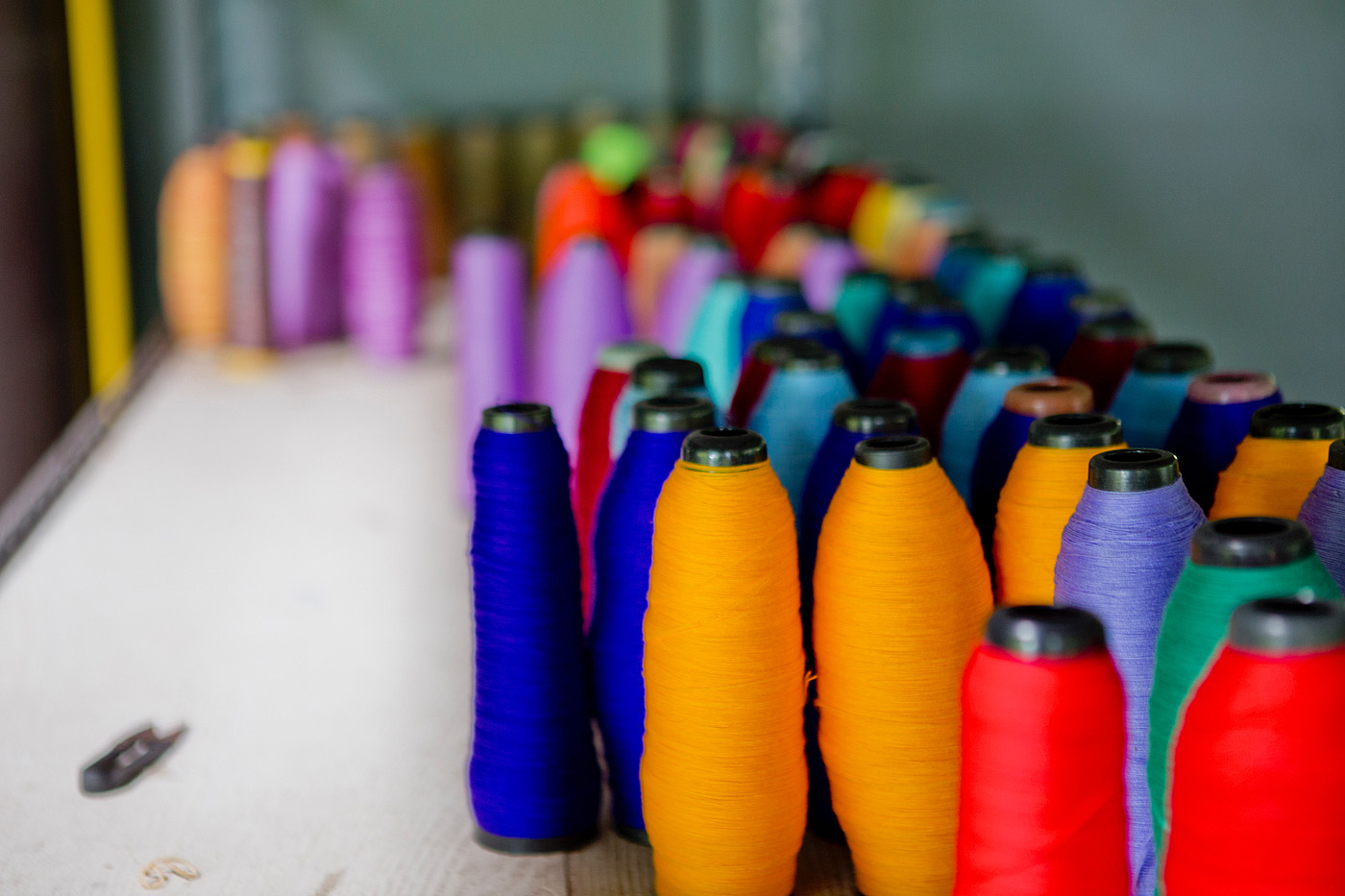


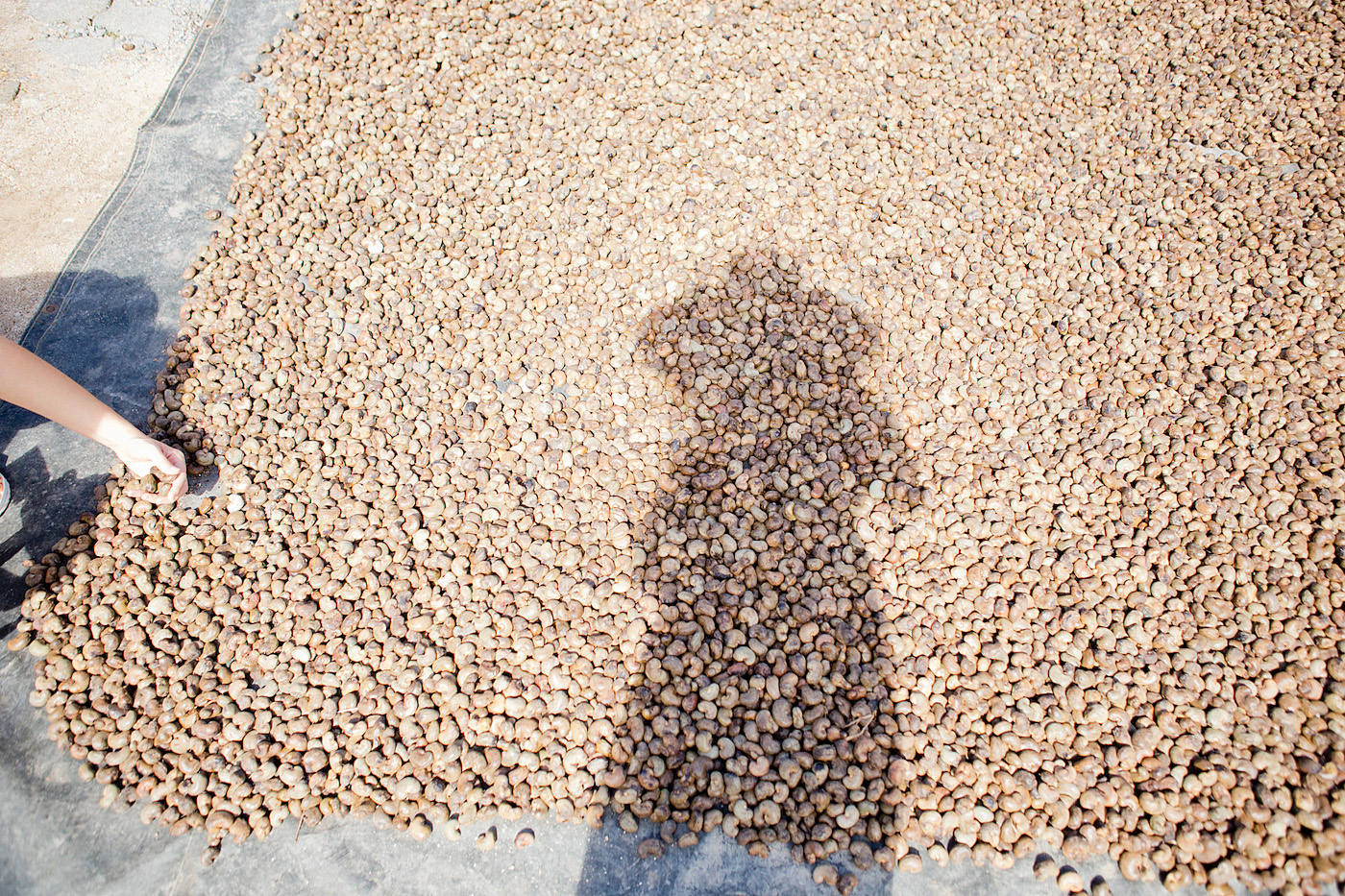
Cashew in Thailand?
Originally, this nut isn’t from Asia but was imported from South America. Thailand had a huge tin mining business, which left vast stark parts. Cashew nuts grow really quickly, which is why they planted them there. On our way we accidentally passed by a small cashew nut manufacture. The cashew nuts are dried outside, roasted in the oven and finally opened by hand. The women, who work there earn 30 baht per kilo (80 cent). Antonia bought a small bag of cashew there for 260 baht (6,80€) – you can calculate the manufacture’s profit now.

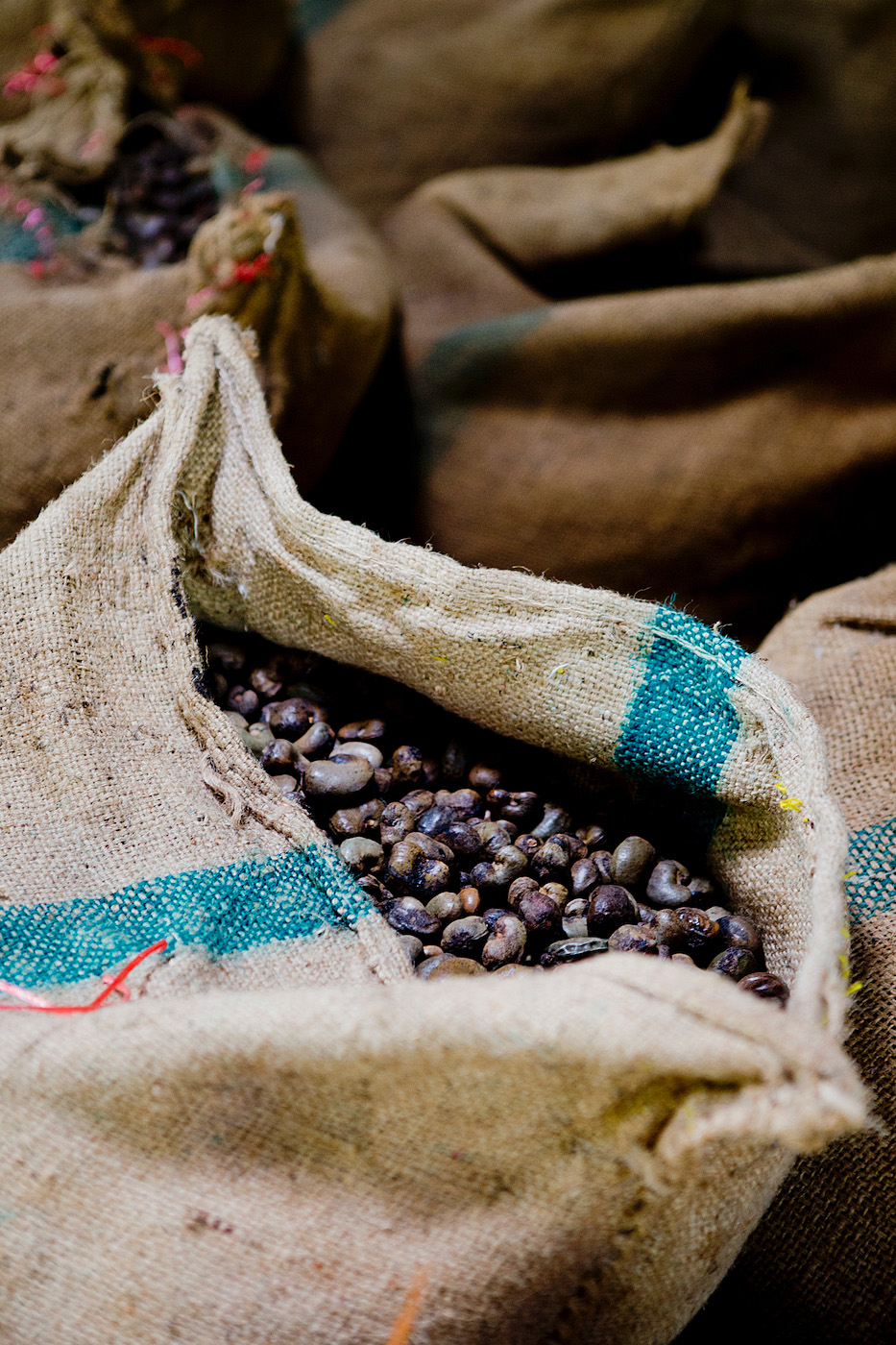







above visit of a local farmacy










The “Sleeping Village” Takua Pa
After lunch we were picked up by a typical traditional taxi and drove to Takua Pa. The 1500 inhabitant city is also called Sleeping Village because only elderly people live there. There is no university and joung people tend to move to Khao Lak. It was indeed very quiet. With very quiet I mean absolutely dead. Close to the city you’ll find two beautiful temples – a Buddhist and a Chinese temple. Unfortunately it started to rain early in the afternoon. We stopped off at a small café to enjoy a tasty Cha Yen.
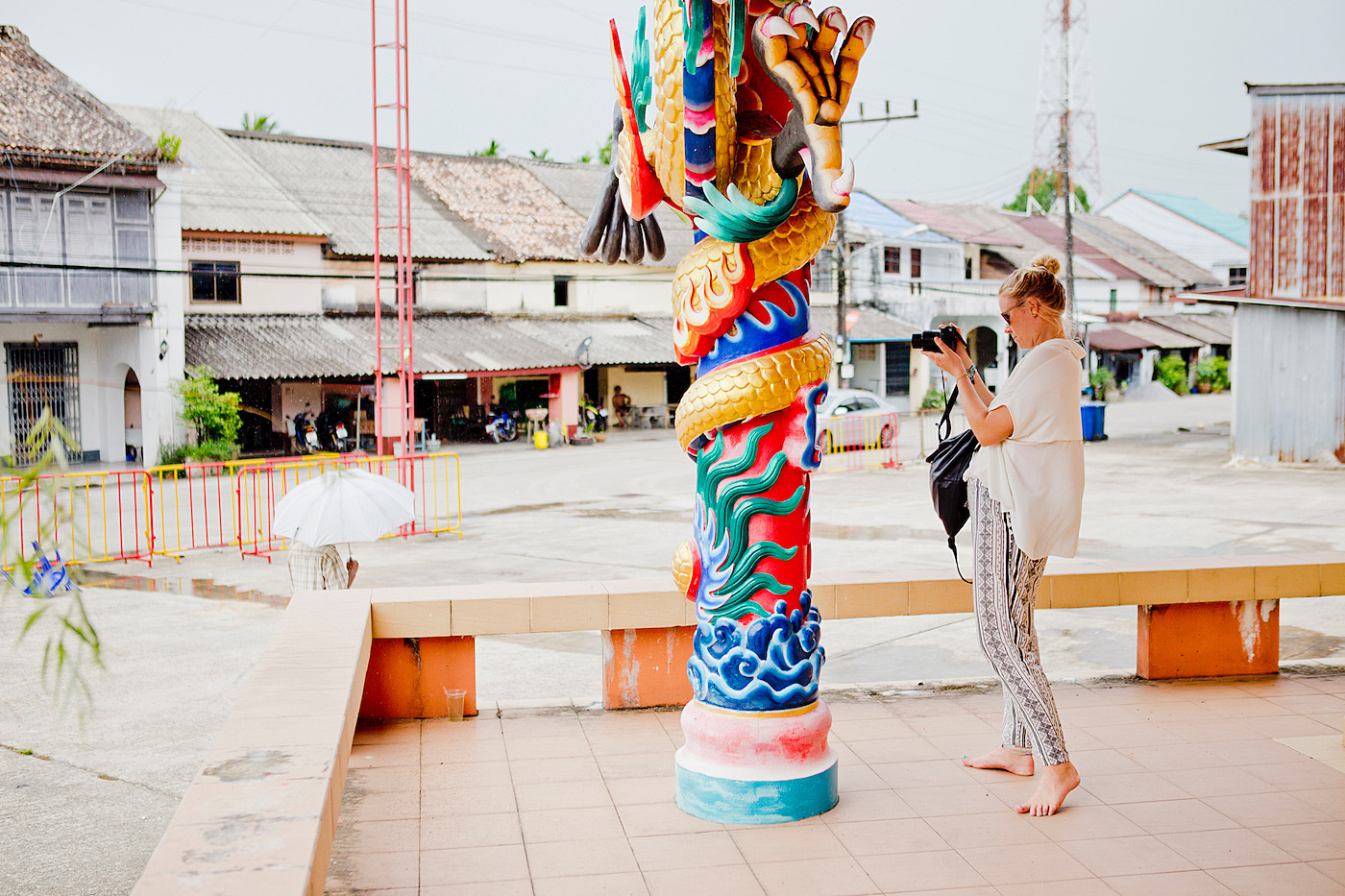








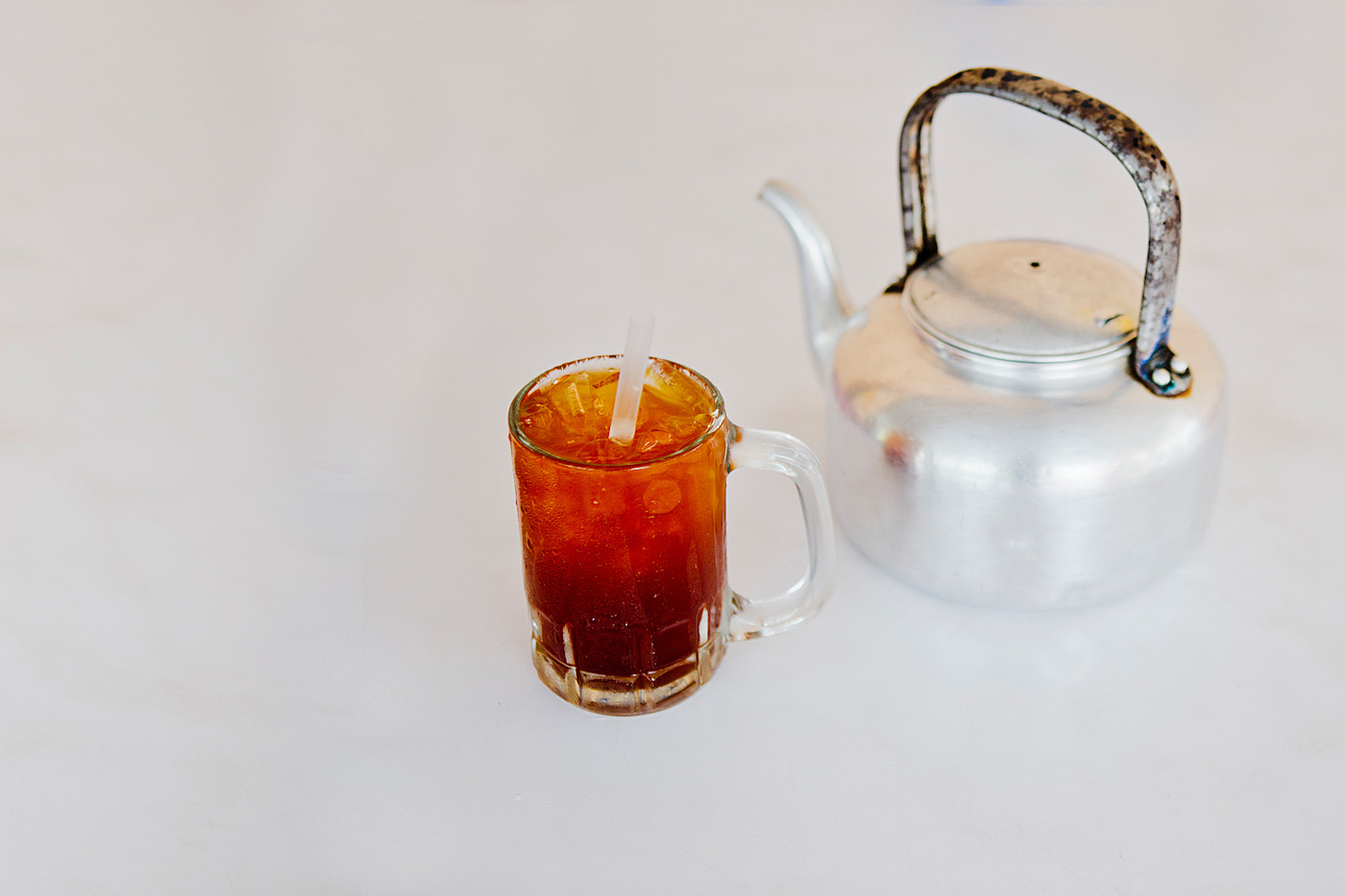
above Cha Yen –a typical thai black tea, which is also drunk with milk


The two days with Eco Khaolak Adventure rushed by like nothing. A beautiful experience of Thailand without tourists, which I highly recommend. The staff was super friendly and helpful. Having a translator made the communication with local people even easier.
I hope you’ve enjoyed this litte exkursion to Thailand! The second part will be online within this week! I wish you a wonderful day!

Thailand without tourists Phang Nga
Useful links:
Khao Lak Laguna Resort – www.khaolaklaguna.com
Eco Khaolak Adventure – www.ecokhaolak.com

Oh Thailand, I wish to visit it someday!! Beautiful photo diary, it gave me the biggest travel bug!
http://lartoffashion.com
wirklich ganz wunder, wunder, wuuuunderschöne Bilder! Ich war noch nicht in Thailand und hatte in der letzten Zeit immer mehr Abstand davon genommen, eben wegen dem Massentourismus und der Angst in den typischen Regionen nicht viel authentisches vom Land mehr zu sehen… Daran, mal zu recherchieren, welche Regionen Thailands noch nicht von Touristen übersäht sind, hab ich überhaupt nicht gedacht. Jedenfalls werde ich Thailand jetzt doch wieder in Erwägung ziehen und deine Tipps beherzigen :) Wirklich toll :)
Liebe Grüße, Laura | Blondebunana